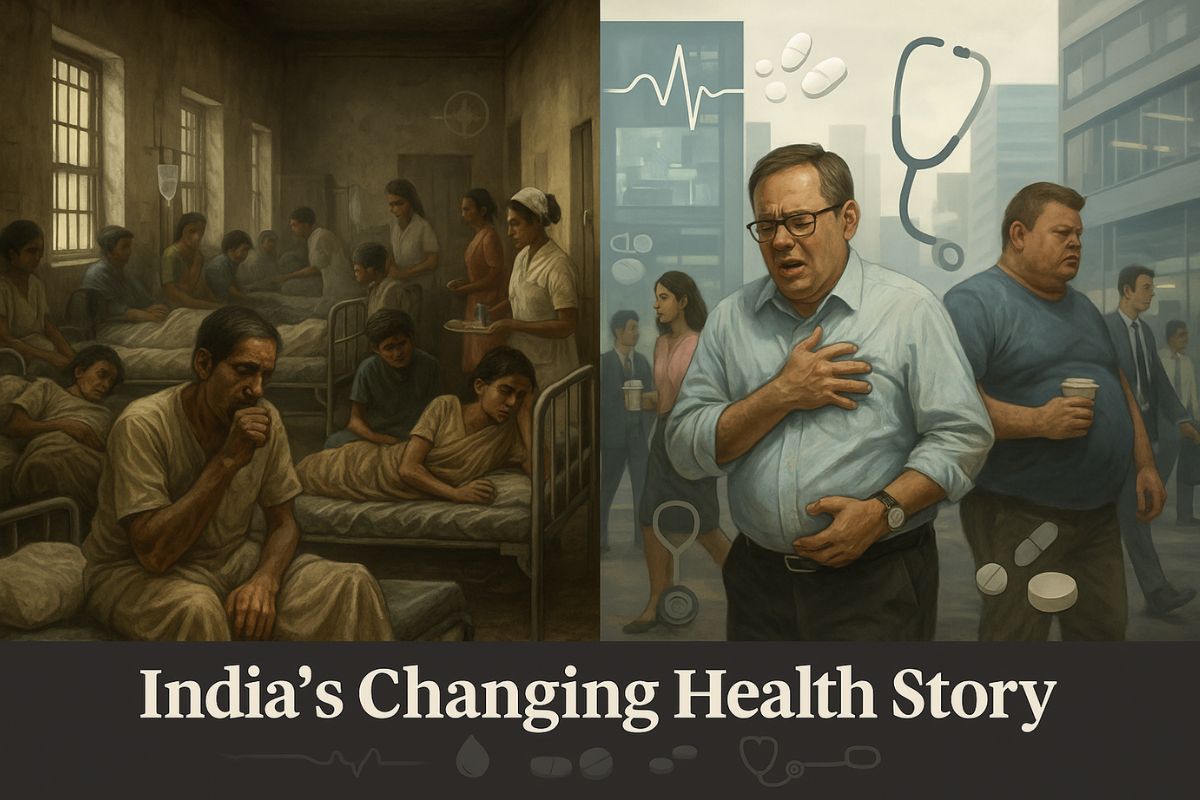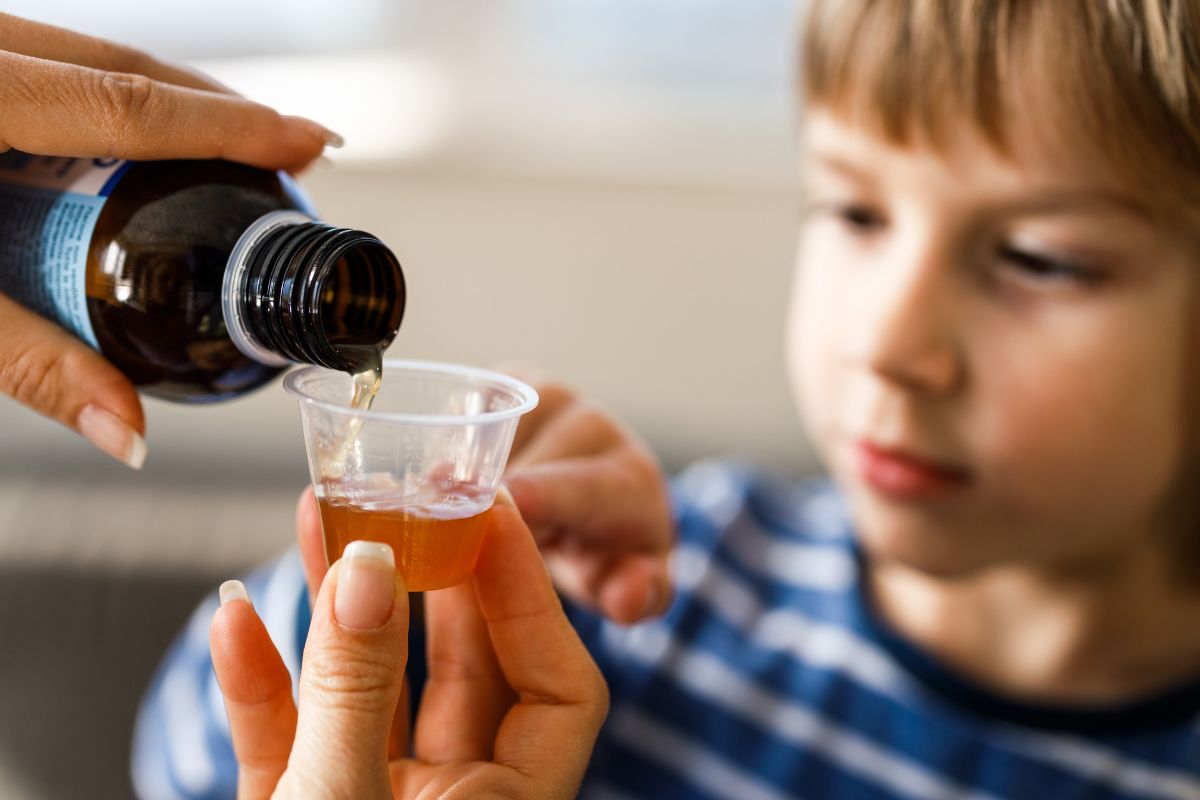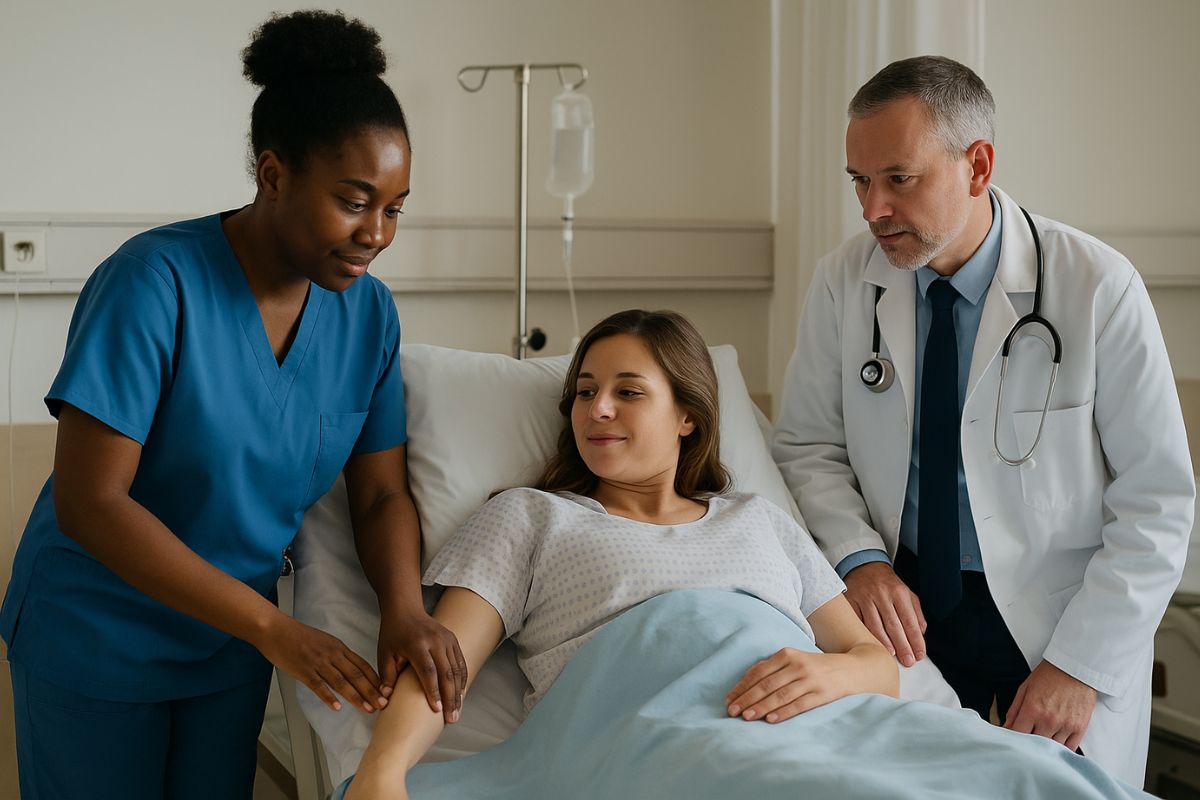A 22-year-old girl from Shujalpur, Ritika Meena, passed away on Wednesday at Bombay Hospital in Indore due to a rare and severe skin disease called Stevens-Johnson Syndrome (SJS). This disease affects only one in 10 lakh people. She had been undergoing treatment for over a month and was admitted to the hospital for the second time on February 26.
Ritika was being treated under the supervision of Dr. Manish Jain, along with a team of dermatologists, hematologists, plastic surgeons, and infectious disease experts. Despite their best efforts, they were unable to save her.
Her family alleged that Ritika did not receive proper treatment in the early stages of the disease in Shujalpur. They said she initially developed skin irritation, which later turned into painful blisters. Local doctors prescribed medicines, but her condition worsened.
As the blisters spread and her skin began peeling off, she was admitted to Bombay Hospital in Indore on February 8. She was diagnosed with Stevens-Johnson Syndrome and was discharged on February 14. However, her condition deteriorated again, leading to her readmission and eventual passing.
What is Stevens-Johnson syndrome?
Stevens-Johnson Syndrome (SJS) is a rare but serious skin reaction that usually starts with flu-like symptoms such as fever and body aches. After a few days, painful blisters and peeling skin develop, often affecting the mouth, eyes, and other mucous membranes. Severe cases can lead to dehydration, infections like pneumonia, and even organ failure.
SJS is most commonly caused by certain medications, including antibiotics, epilepsy drugs, and pain relievers. Infections like pneumonia or viruses can also trigger it, though sometimes the cause is unknown. People with conditions like HIV/AIDS or lupus are at higher risk. The severity of the condition depends on how much of the skin is affected—SJS involves less than 10%, while a more severe form, toxic epidermal necrolysis (TEN), affects over 30%.
Symptoms of Stevens-Johnson Syndrome
SJS starts with flu-like symptoms, such as fever, sore throat, cough, and joint pain. A few days later, rashes and blisters appear, often resembling severe burns. As the disease progresses, the skin begins to peel, and swelling occurs around the mouth, lips, throat, and face.
One to three days before a rash appears, early signs of Stevens-Johnson Syndrome may include:
- Fever
- Sore mouth and throat
- Fatigue
- Burning sensation in the eyes
As the condition worsens, additional symptoms may develop, such as:
- Severe, unexplained skin pain
- A red or purple rash that spreads across the body
- Blisters on the skin and mucous membranes, including the mouth, nose, eyes, and genitals
- Peeling or shedding of the skin within days after blisters form.
Treatment of stevens-johnson syndrome
Treatment requires intensive medical care from skin, eye, and infectious disease specialists. Doctors may conduct a skin biopsy and check the patient’s medical history to identify the cause. The patient is given IV fluids, pain relief creams, cold compresses, and bandages to prevent infections. In severe cases, high-dose steroids or immunoglobulin therapy may be used. If SJS is triggered by a medication, it must be stopped immediately.
Stevens-Johnson Syndrome is a serious condition that requires early diagnosis and prompt treatment. Experts emphasise the importance of recognising symptoms early to prevent severe complications.
Support us to keep independent environmental journalism alive in India.
Keep Reading
California Fires Live updates: destructive wildfires in history
Hollywood Hills burning video is fake and AI generated
Devastating wildfire in California: wind, dry conditions to blame?
Los Angeles Cracks Under Water Pressure
From tourist paradise to waste wasteland: Sindh River Cry for help
Follow Ground Report on X, Instagram and Facebook for environmental and underreported stories from the margins. Give us feedback on our email id greport2018@gmail.com.
Don’t forget to Subscribe to our weekly newsletter, Join our community on WhatsApp, and Follow our YouTube Channel









